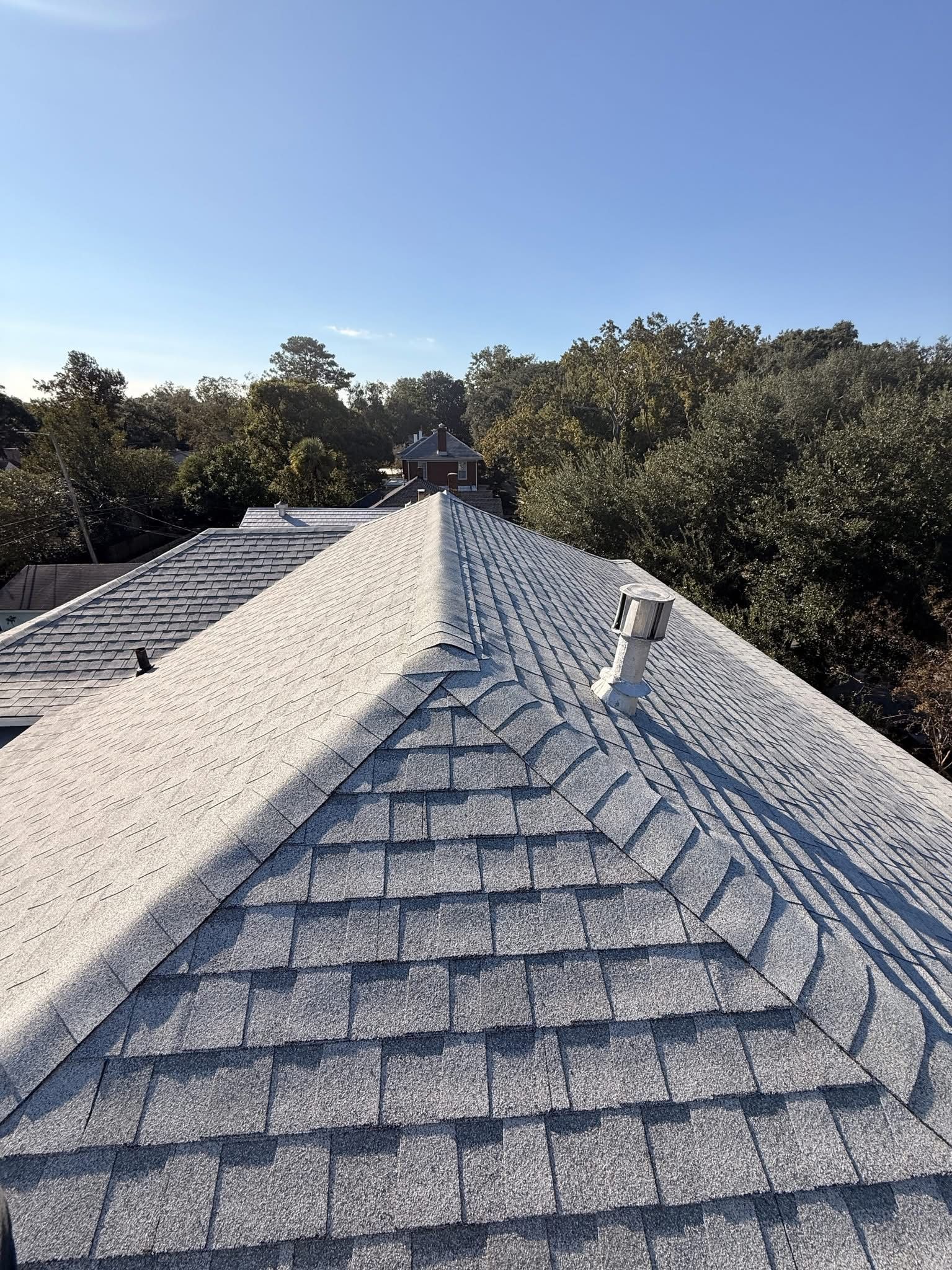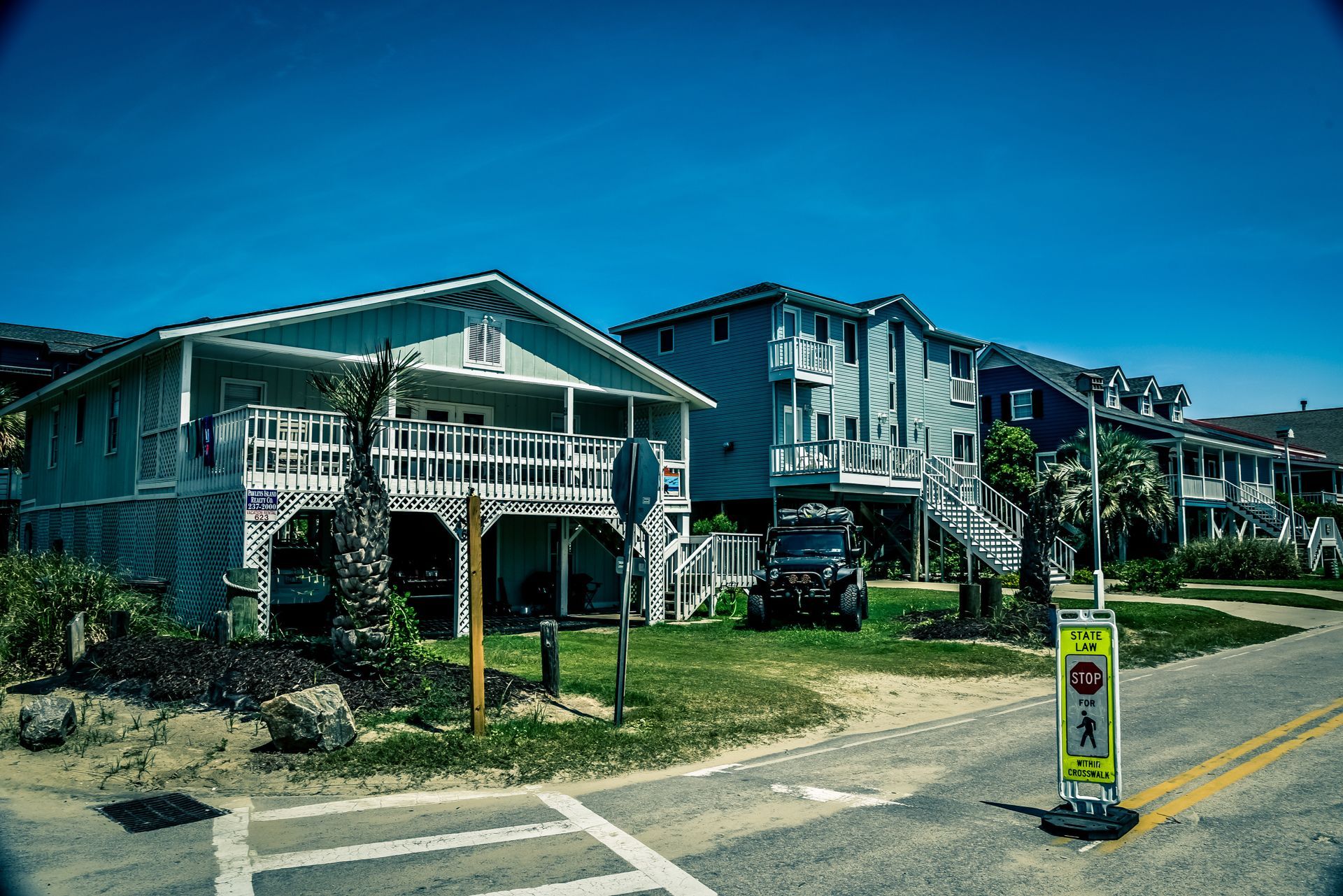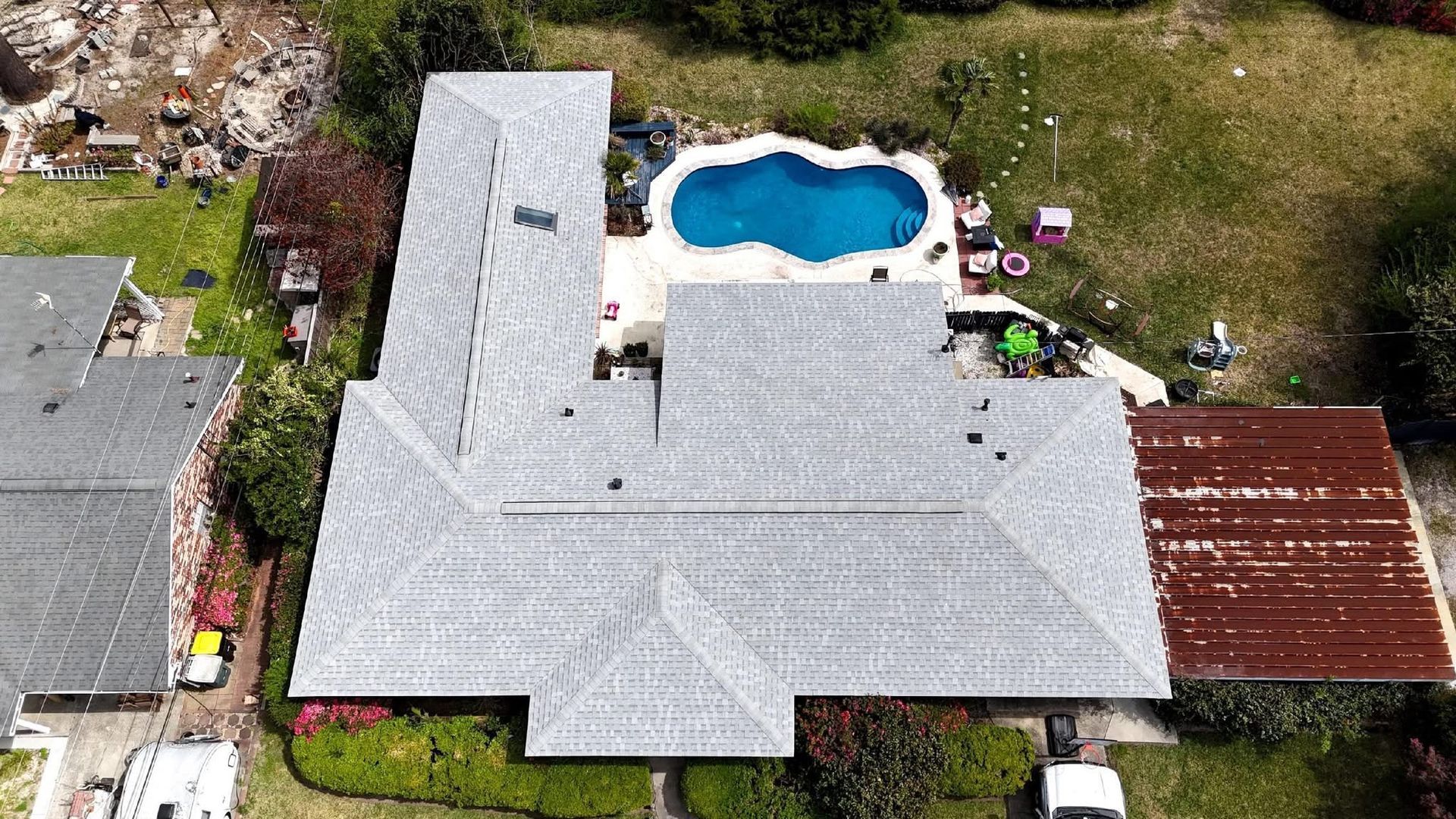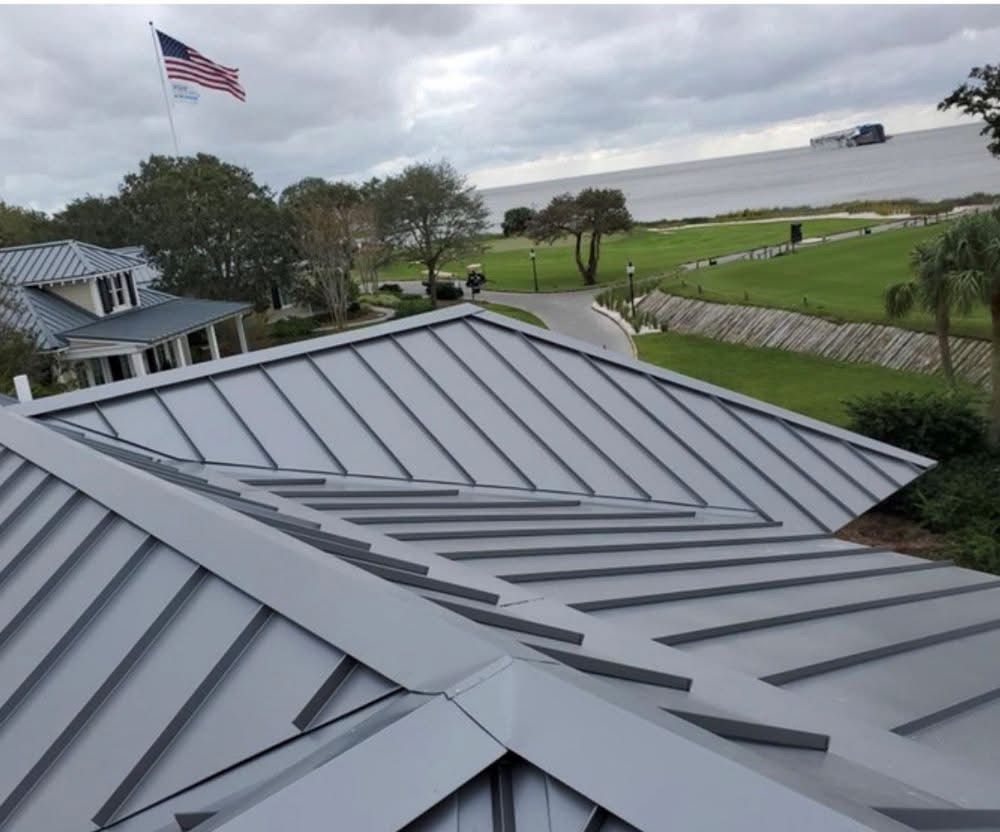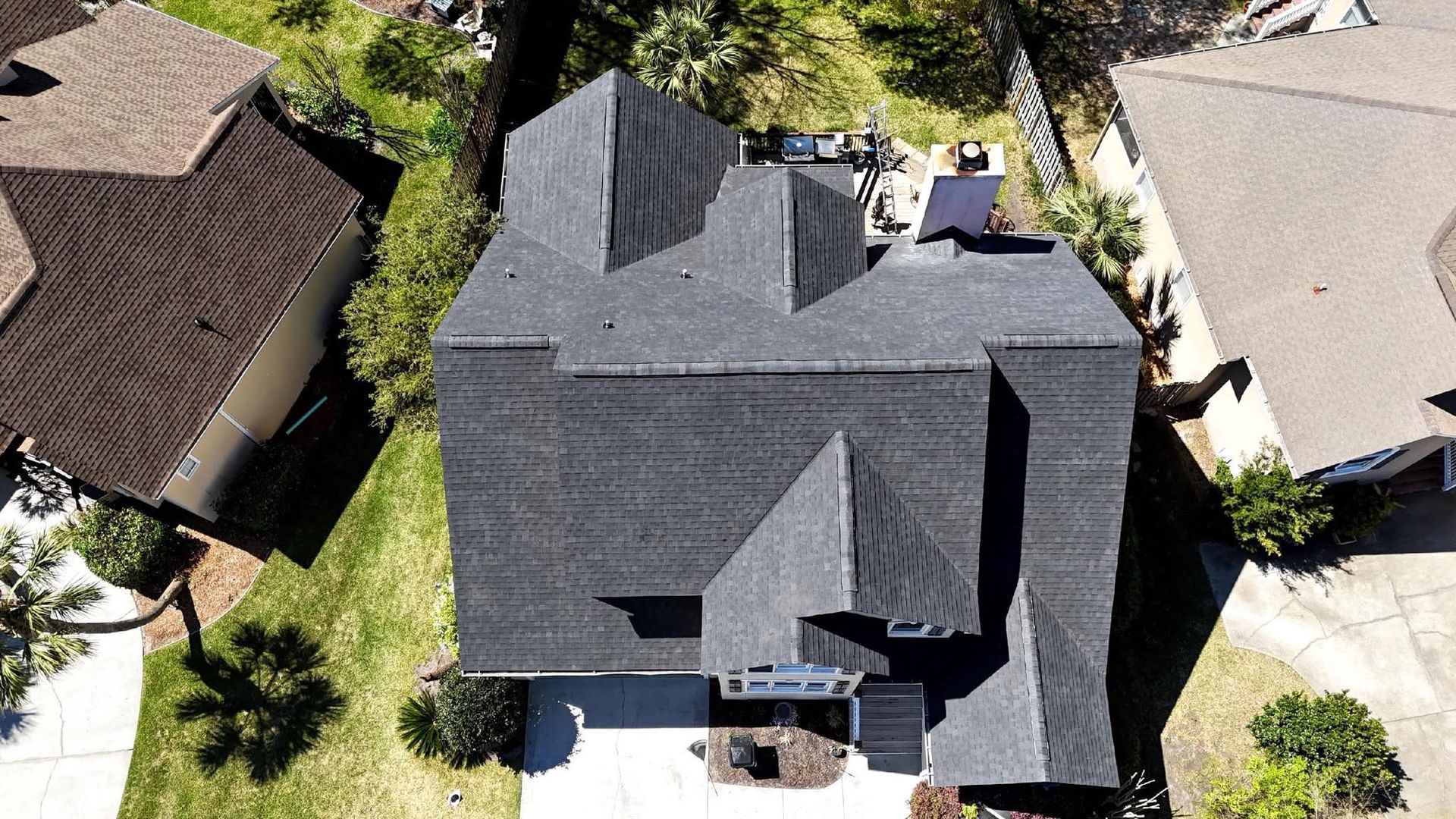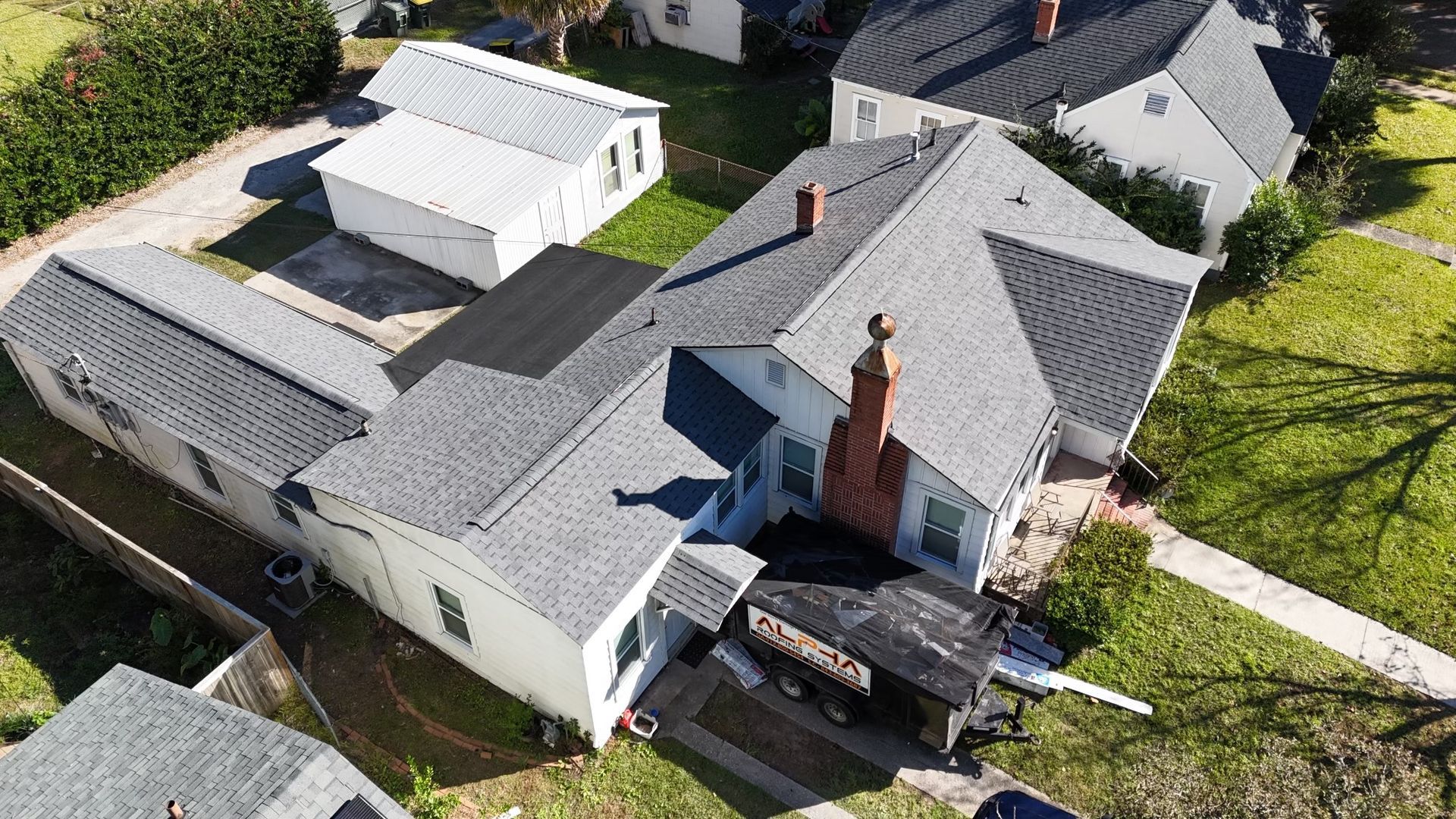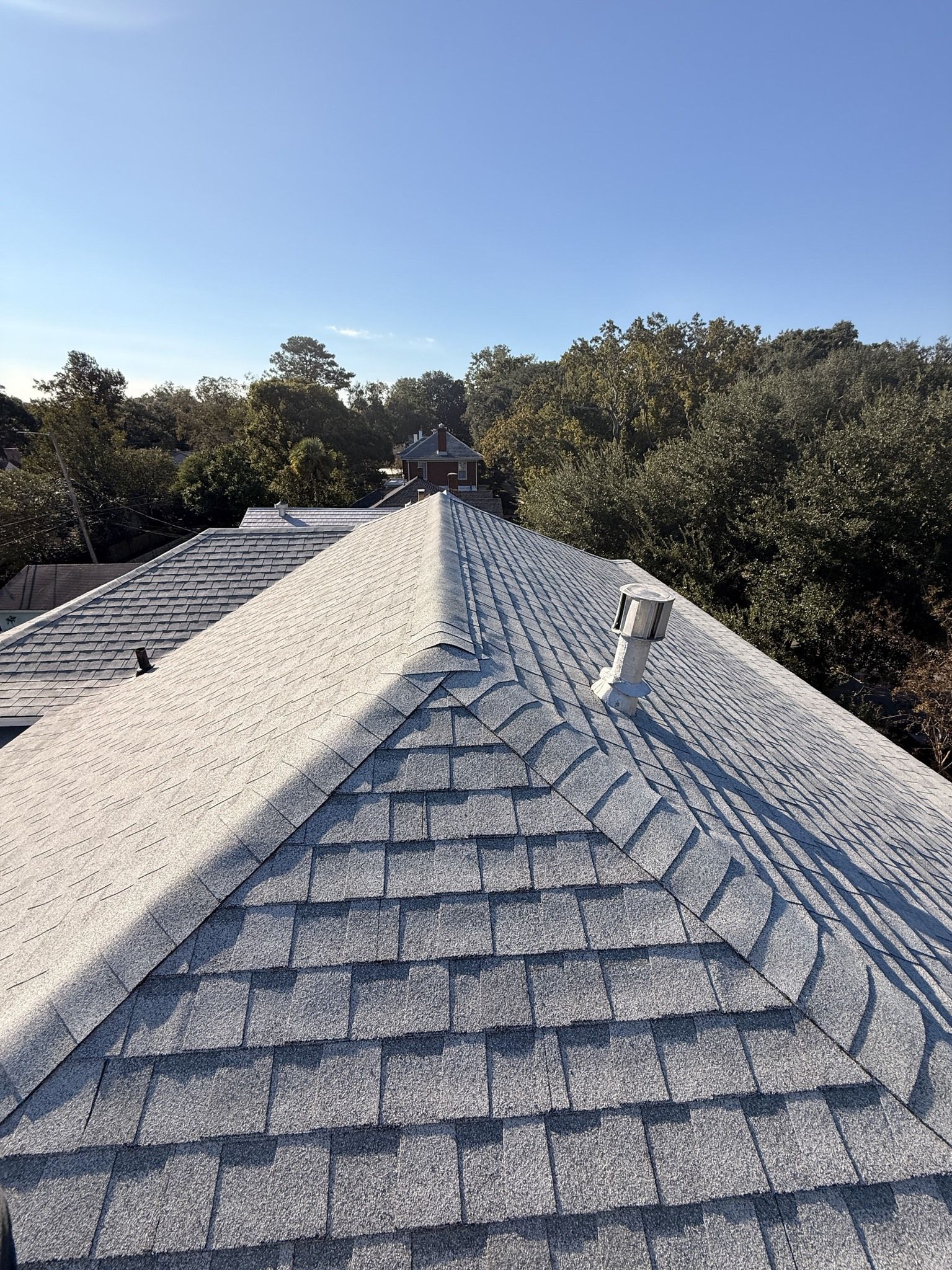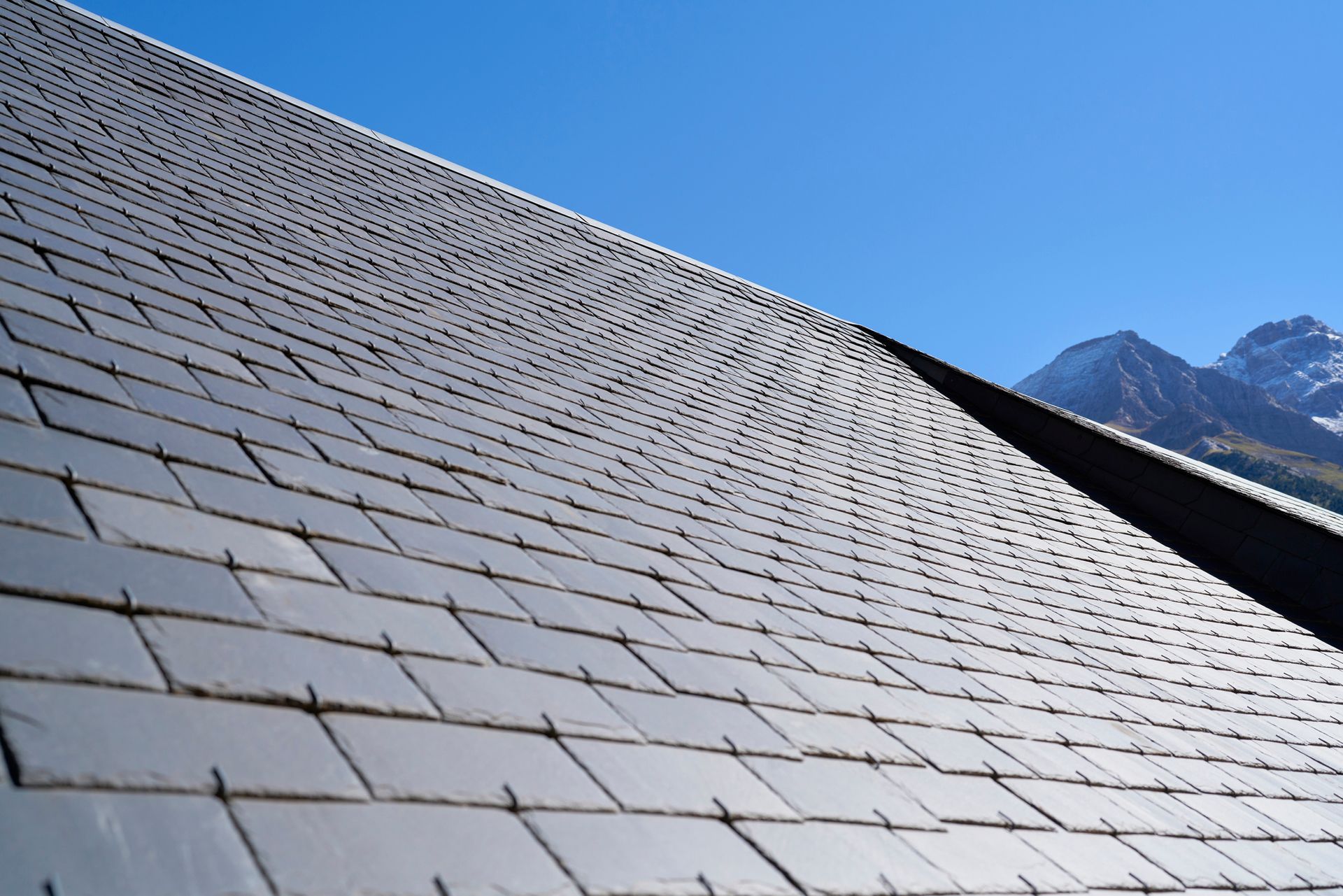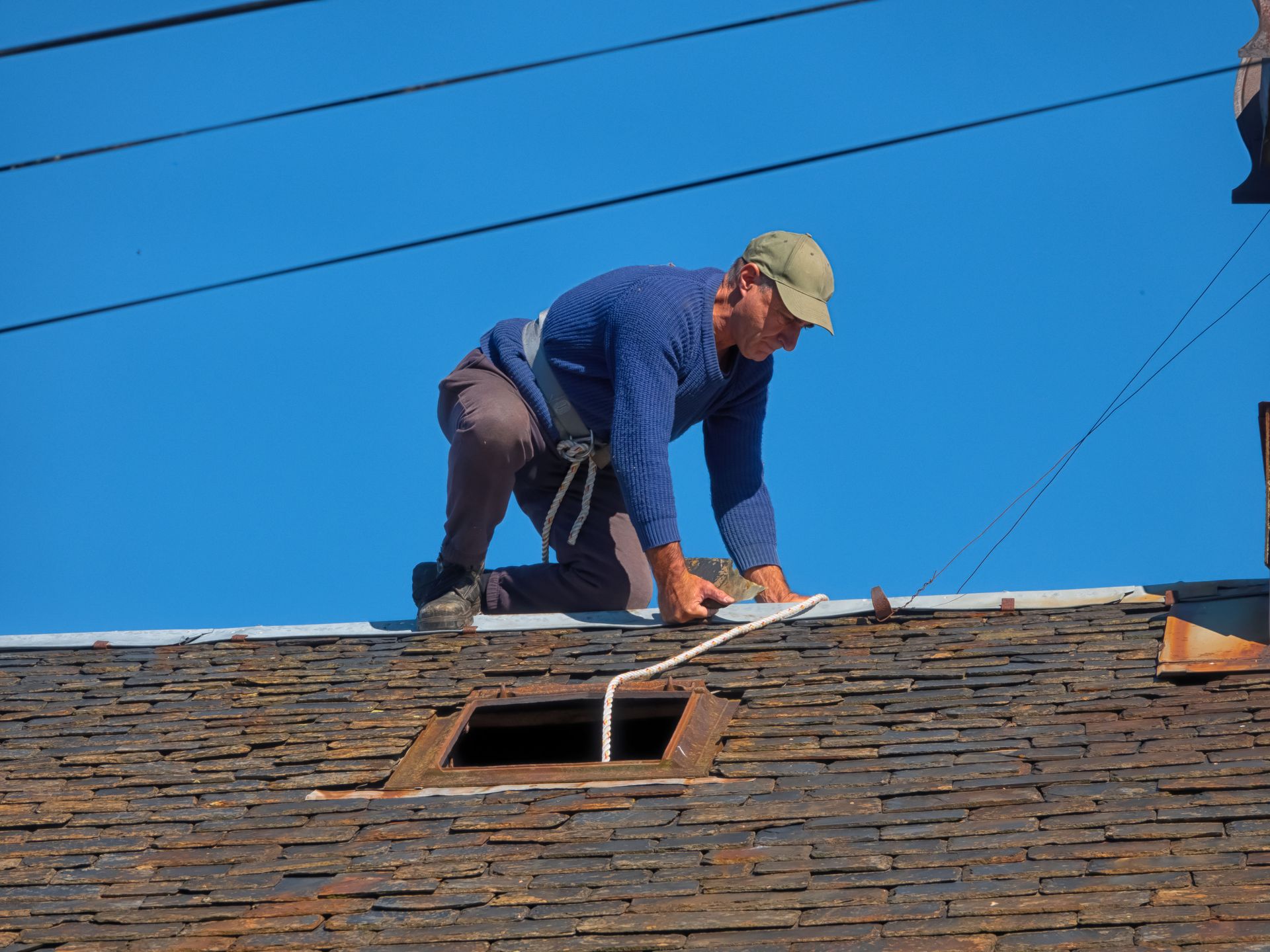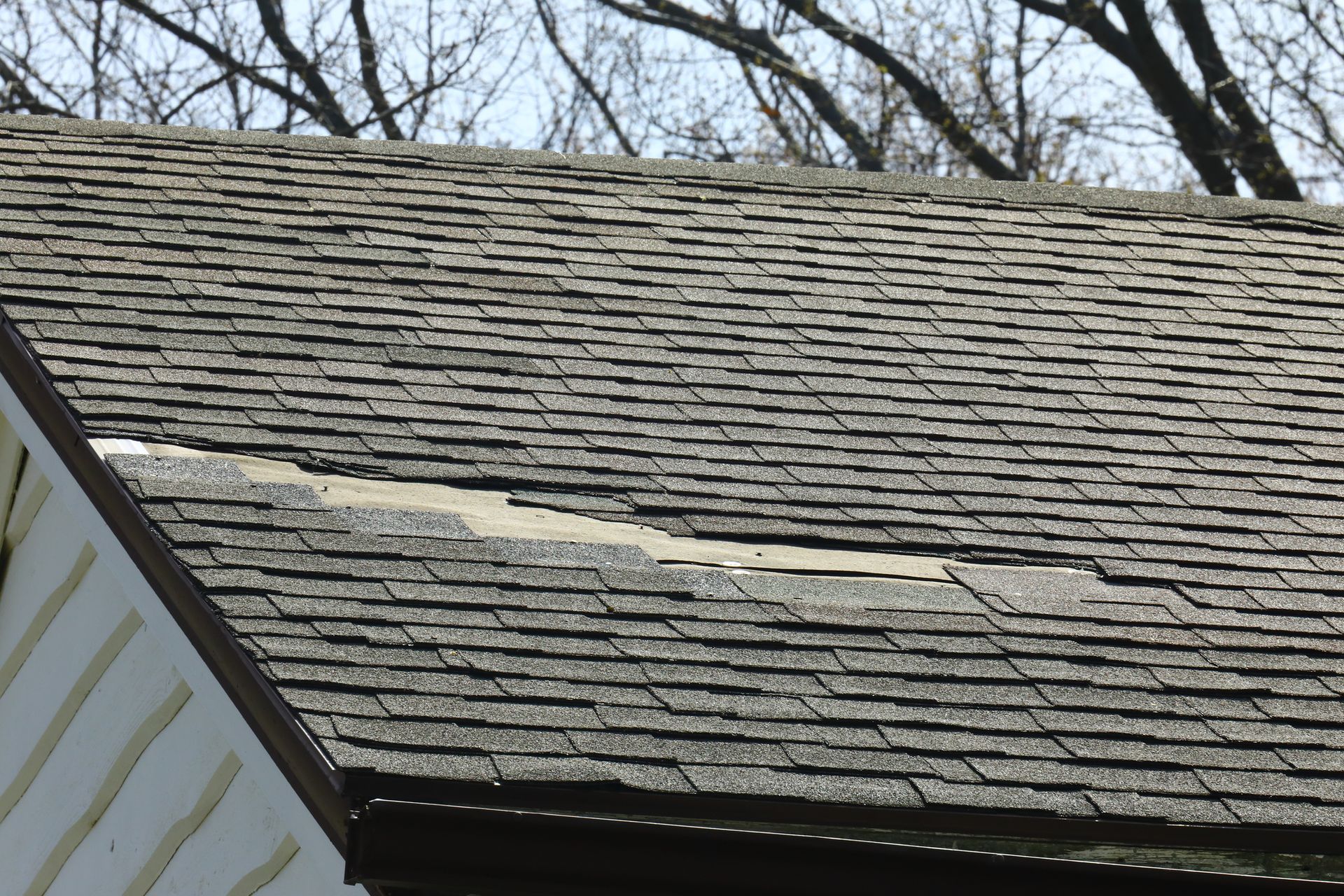Types of Roof Storm Damage
Storms may wreak severe damage to homes and businesses across the country, and the costs of these damages can be high. In the United States, severe weather resulted in $121.4 billion in property damages between 2017 and 2021.
When inclement weather creates storms, the roofs in your home or business may sustain many forms of damage. Understand each form of damage, how it occurs, and what you can do to protect your roof from further damage. Read on to discover a few types of roof storm damage you should be aware of.
Wind Damage
Tears or cracks in your shingles may indicate wind damage to your roof. You may see shingles curling up at the corners or completely missing in certain instances. The gap in your roofing materials might expose your roof to damage during adverse weather.
You can minimize roof damage by installing roofing materials with higher wind ratings. Even the best materials might break apart if they’re not properly fitted. Improper installation is the leading cause of roof breakdown due to wind damage.
But you can repair most wind damage. You only need to replace a few of the problematic shingles to bring your roof up to code. Extensive exposure to the elements can result in a full replacement project if you don't repair those shingles soon enough.
Cold and Water Damage
Blizzards, snow squalls, and lake effect storms can all cause significant damage to your business and home. High winds, which can cause more damage to your roof, accompany these weather conditions.
Winter storms also cause freezing. Water may freeze on your roof, causing damage and leaks that can lead to mold growth inside your home. Have a professional inspect your home after a winter storm to guarantee safety. The weight of ice and snow left over from a winter storm may collapse your roof.
Heavy rains can damage the roof during a storm by knocking the granules off the surfaces. Rainwater washes off the granules if the roof is old. The granules settle into the gutters and mix with sticks, leaves, and other debris.
Moisture that forms from the rainwater is harmful to the roof. Moisture can leak through loose flashing or small cracks in the house. You will notice this when moisture shows up as water stains on the ceilings. In extreme cases, trapped moisture leads to mildew and mold. Both can lead to severe respiratory health problems.
Tree Damage
You're at a higher risk of roof damage if your home is near large trees once a storm occurs. Your roof faces a great risk of damage from falling trees and broken branches. Falling trees result in extensive damage to roof shingles, tiles, and roofing frames.
You can fix the damages if they are minimal to prevent water from entering your house. For extreme damages, you'll need to contact an expert.
Impact Damage
Impact damage may cause hidden damage, resulting in premature aging of the shingles over time. You may not notice hidden damage for months or years, making it difficult to assess. For this kind of damage, do a complete roof replacement. Have a partial replacement of only the damaged area if the storm damaged only one part of the roof.
Several storm types can destroy your home. Get your roof checked to be sure it was not damaged after a big storm. Even minor damages can cost a lot of money if ignored because they will only worsen with time. Have all damage inspected by an expert to assist you in finding the most cost-effective way to fix it.
Alpha Roofing Services has more than 20 years of experience in the roofing industry. Contact us today if you need your commercial roof repaired, your residential roof replaced, or your multi-family roof fixed.


